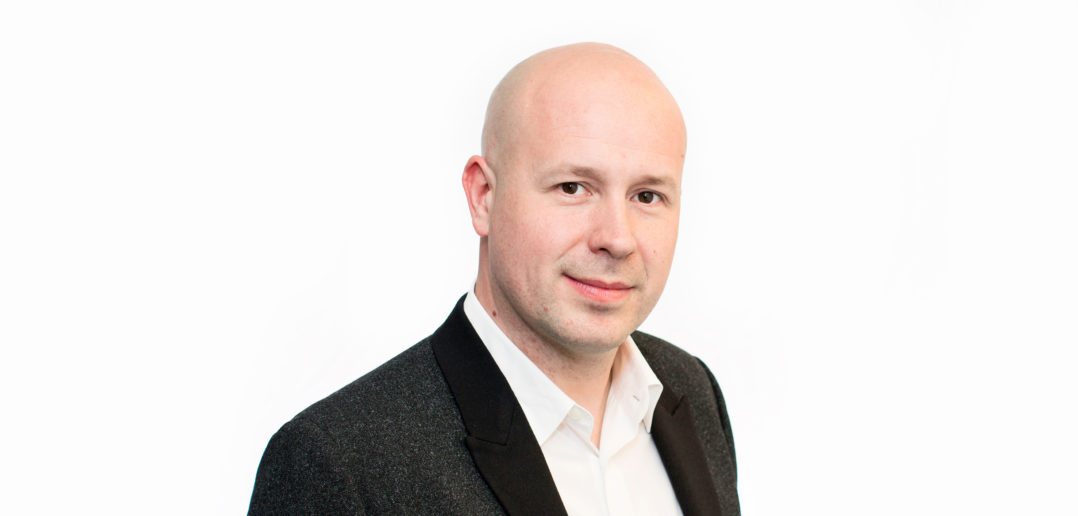This is the first in a series of interviews linked to “Digital Native Strategy and Short-Form Content” — an exclusive white paper prepared for MIP Markets by Ampere Analysis — in which Research Director Guy Bisson speaks to Vimeo’s Sam Toles. Read on for exclusive digital native engagement tips!
During its 12-year history, New York-based Vimeo has positioned itself as a repository for high-quality professional and semi-professional video content. Its ‘Staff Picks’ online channel has become a source for talent discovery, and Vimeo has funded a number of its content creators’ productions, some of which have then been acquired by major linear channels.
Through its OTT Services, Vimeo allows owners to build their own managed SVoD services. The company also recently announced a global T-VoD content partnership with Lionsgate – the first studio to join the platform – and has announced plans to launch a proprietary SVoD service where it will be investing tens of millions in programming.
Guy Bisson: What’s the key to success in the digital native space?
Sam Toles: I think there are many; talent always rises to the top, whether it is in a digital context or a traditional one. People are constantly seeking out and discovering talent, but the ability to discover talent has changed. When I started at Vimeo, the first thing that was surprising to me was that I would go to talent agencies like UTA, WME, CAA and all of them would say: we watch Vimeo Staff Picks to find our next up and coming talent. So it really is about first and foremost the quality of the work and the underlying talent and ability to tell stories.
> Where does social media fit in?
I think one of the big differences between digital native and traditional content is the separation between the audience and the production. If you make something and put it on TV or in the theatre, the audience has no direct connection to the creation or the person who is creating it.
In the new digital age, there is this two-way conversation that is going on and the people who are watching can comment and participate in sharing or in critiques. Often the creative respond and the content evolve. So that two-way communication—that closeness between the audience and the creator that social media allows—is really a fundamental nuance that has happened in this (digital) era.
> Is there a difference between digital native and short-form?
I think that digital native can be anything that a creator is making outside of the traditional ecosystem of Hollywood, so instead of having to work up the ladder of film festivals and agencies, starting as a director of photography and moving on to being a director and then working your way through the Hollywood system, digital native creators can make, experiment with, showcase, evolve and make their work available through platforms like Vimeo and YouTube and do that with relative ease. The distribution and access to a global audience is facilitated by the new video sharing platforms.
I like to use the example of comedy show High Maintenance (below), which was created as a digital Web series, and the episodes ranged in length from 16 minutes all the way up to 25 minutes – and which is about to become an HBO series – or someone like Freddie Wong, for example, who was a YouTube creative who made Videogame High School. Those episodes were 47 or 48 minutes long.
High Maintenance // Stevie from Janky Clown Productions on Vimeo.
But both started by creating content for the digital medium and didn’t go through a traditional process. People say digital [native]…’oh it’s got to be a short clip’ because that comes from the notion that people are using laptop computers and they come in and out (of content)… They don’t invest and engage in a longer context. But what’s interesting is that as platforms like Vimeo and YouTube have evolved, you can broadcast through our app ecosystem on to your television; you can have a lean back experience; you can save content to watch late; put it in the queue and actually save and enjoy and engage with it in longer stretches of time.
So if you are a digital platform whose mission is to sell advertising and you’re targeting a demo who maybe has a very short view time on your platform, then the engagement is light. Viewers come on to your publishing platform, they see a video and it needs to be quick because the consumer’s attention span for that particular platform is short. Where as with Vimeo, our consumers are watching longer pieces of content they are using the bespoke infrastructure to watch up to feature-length films up to full series and its very different.
> What’s the key to good storytelling in short-form?
I think it’s a different form of storytelling. You are basically giving snack-size content to people who are coming to—if they are on Snapchat for example—be entertained in quick succession. So you have to be able to engage them and show them something that is interesting, quick, efficient but also delights and entertains them in that time frame. The way the story is told has to be thought of in a shorter context. The way that it is produced and grabs your attention and what it leaves you with has to be thought of in the context of a consumer who is going to look at that content in a rapid succession as opposed to someone who is looking at the content in a way that they want to lean back and savour.
> Are there genres that work well and, conversely, genres that don’t work in the digital native space?
I think that YouTube would tell you that make-up tips, pranks and Vlog posts are among their most popular pieces of content… That’s not true for Vimeo, so the question that you are asking varies dramatically from platform to platform. For us, it really is about quality storytelling and the beauty of the work that engages our audiences. That really hits in dramas like comedy, drama, action sports and even factual documentary content because our audience is a little older and is typically more urbane at a higher income versus YouTube’s which is typically a target demo of about a 13 year old girl, which suits a different form and type of content.
> How does the device environment within which digital native is consumed (that is not so focused on the TV Set) impact the way that stories are told?
I think it’s the wrong way of thinking about it from a creator’s perspective. I think you have to really start with a passion for a story you really want to tell and the length and form in which you want to tell it and make the content based on some of those more traditional factors.
I don’t think modern consumers look at the size of the screen or where they are. As they hunger and search for great storytelling they are looking for great stories. On the length question, if you have a platform that is known for making short-form content because the audience is in and out, and they expect the content to be of a certain length. The producer should know that, so it really is more about where you position your content in the digital ecosystem. If you want to tell a longer story with quality film-making and beautiful cinematography, putting that on YouTube sort of devalues it because that is not how their consumer is ultimately engaging, but on a platform like Vimeo that makes a lot more sense.
If you want to tell a 60-second story that’s a perfect thing to do on Snapchat because their consumer is expecting that type of storytelling. So it really isn’t about where content is consumed from the perspective of what size is the screen, but more what is the expectation of the consumer as they enter a viewing environment.
> Are there specific opportunities that the device environment opens up that perhaps wouldn’t work on a TV Set?
The critical thing the mobile environment provides is portability and access to media at all hours of the day. You always have your phone present, where as in a more traditional context you went home and sat in front of the television. Often you would watch that ambiently or you may sit down and commit to view in an engaged fashion. But because phones are omnipresent it means that if you are on a subway and you have three minutes to watch a piece of content you can do that… You can come in and out of a content experience which lends itself to different lengths of, and different forms of, content.
> What new business models is digital native opening up?
I believe that Netflix has changed consumer expectation when it comes to pre-roll advertising. If you are a consumer of an ad-free premium platform and your behavior becomes accustomed to watching programming that is not interrupted by advertising, when you are presented with advertising on other platforms like TV or news, and sports that are constantly interrupted by advertising, you start to view advertising in a very negative way. You see a spot and you’re like ‘why is this here?’ Think about kids who didn’t start with watching broadcast TV, but instead started watching their cartoons on a platform like Netflix or Amazon. Now if they turn on the TV, all of a sudden that cartoon or show they are watching is interrupted with a commercial. Their attitude is not: ‘Oh this is normal’, it’s ‘how irritating is this thing that has interrupted what I anticipate and expect to be a commercial ad-free environment’.
So I think the real opportunity that will come is that advertisers who want to get their message in front of consumers have to think about new ways to integrate it into programming, tell their stories and get across their messages in a way that is not simply selling a product by interrupting, but is more about telling stories that feature their brand. Re-imagination the integration of marketing messages within content I believe is the only model that lacks exploration right not but needs to really thought through, because pre-roll adds are becoming more and more annoying. I think this is a critical monetisation piece that has been left undone.
Find out more about Digital Native strategy in Ampere Analysis’ exclusive white paper, here!




